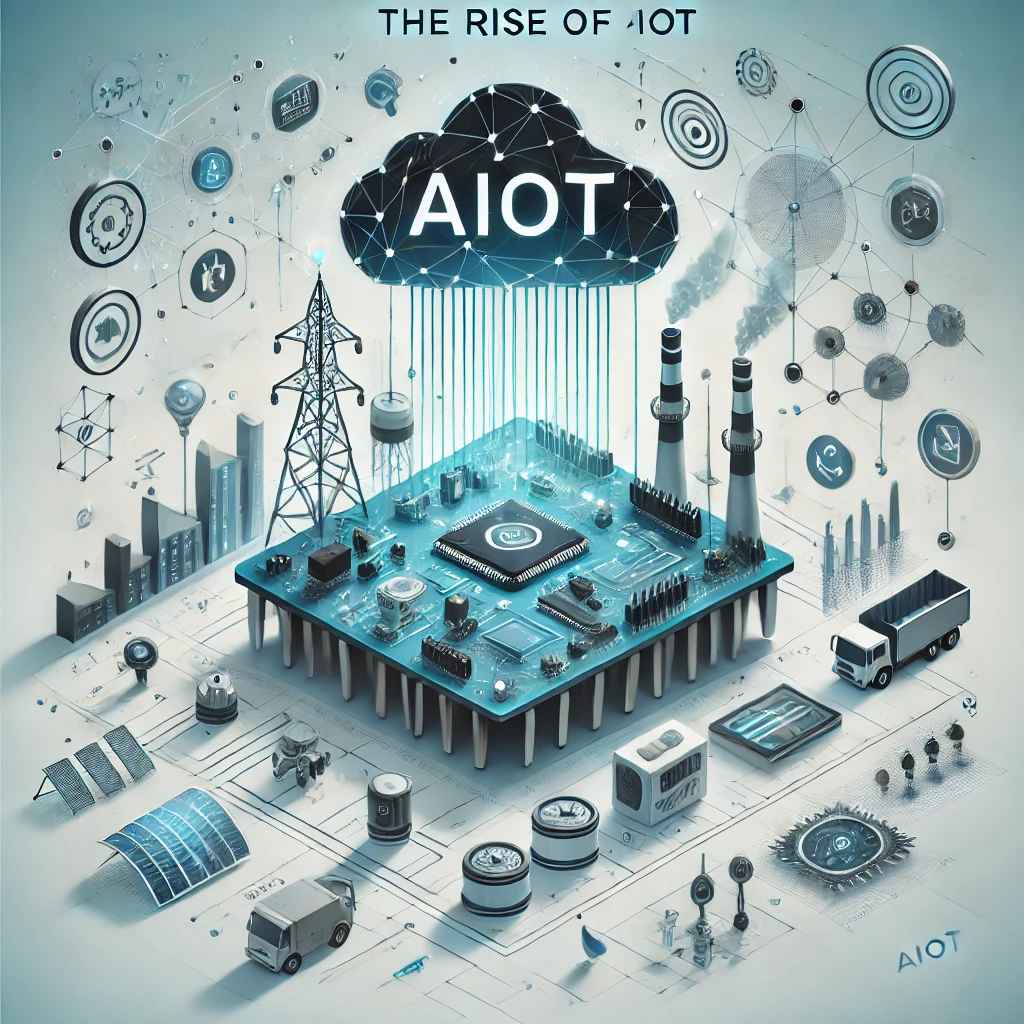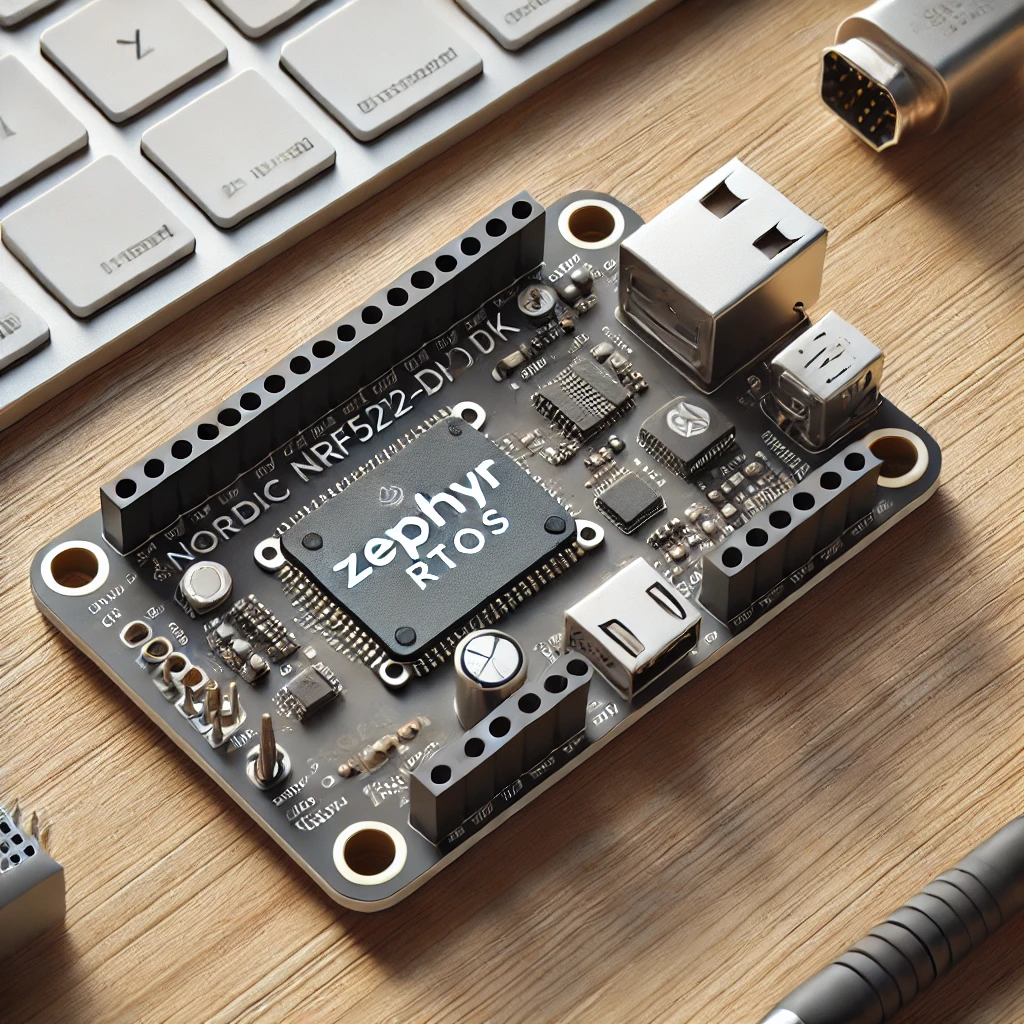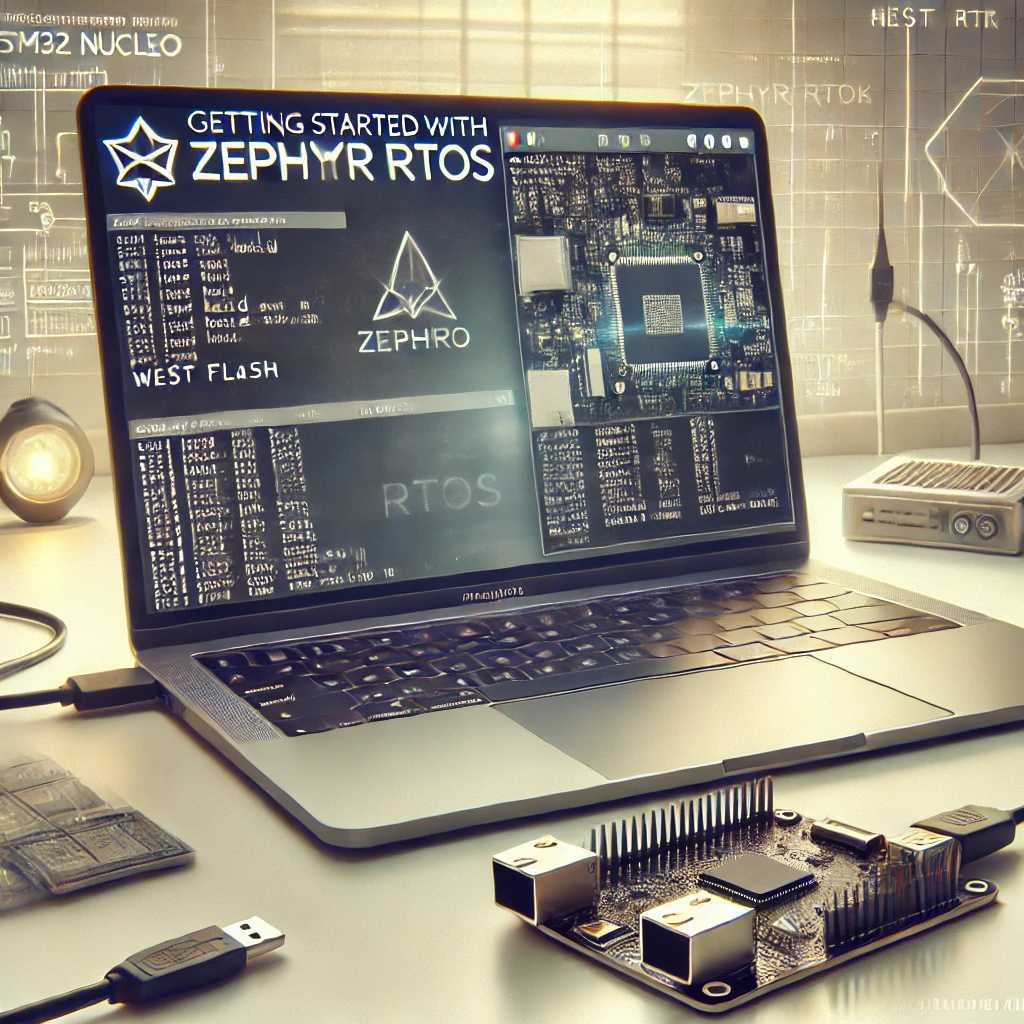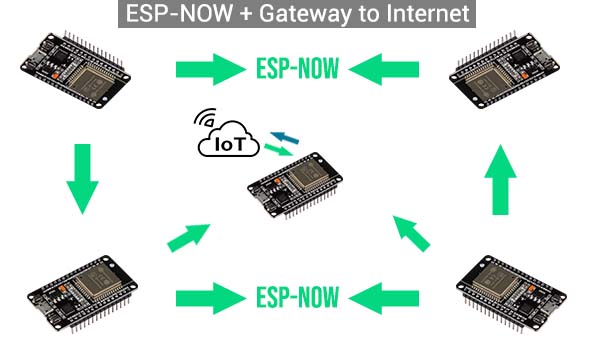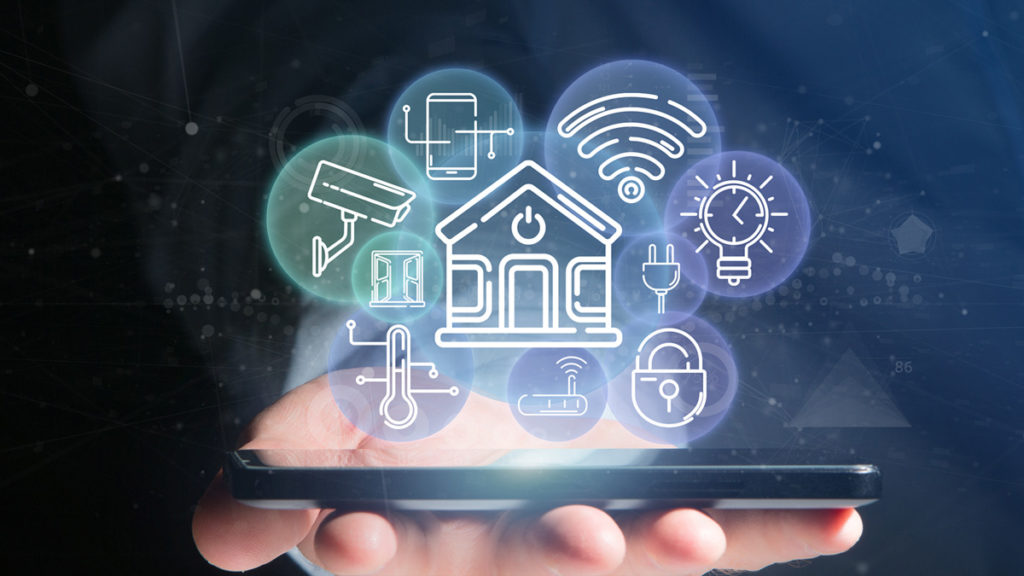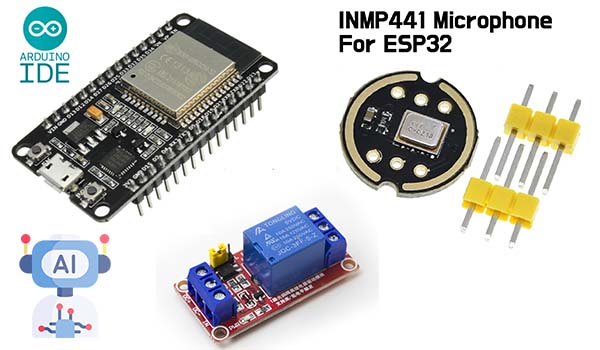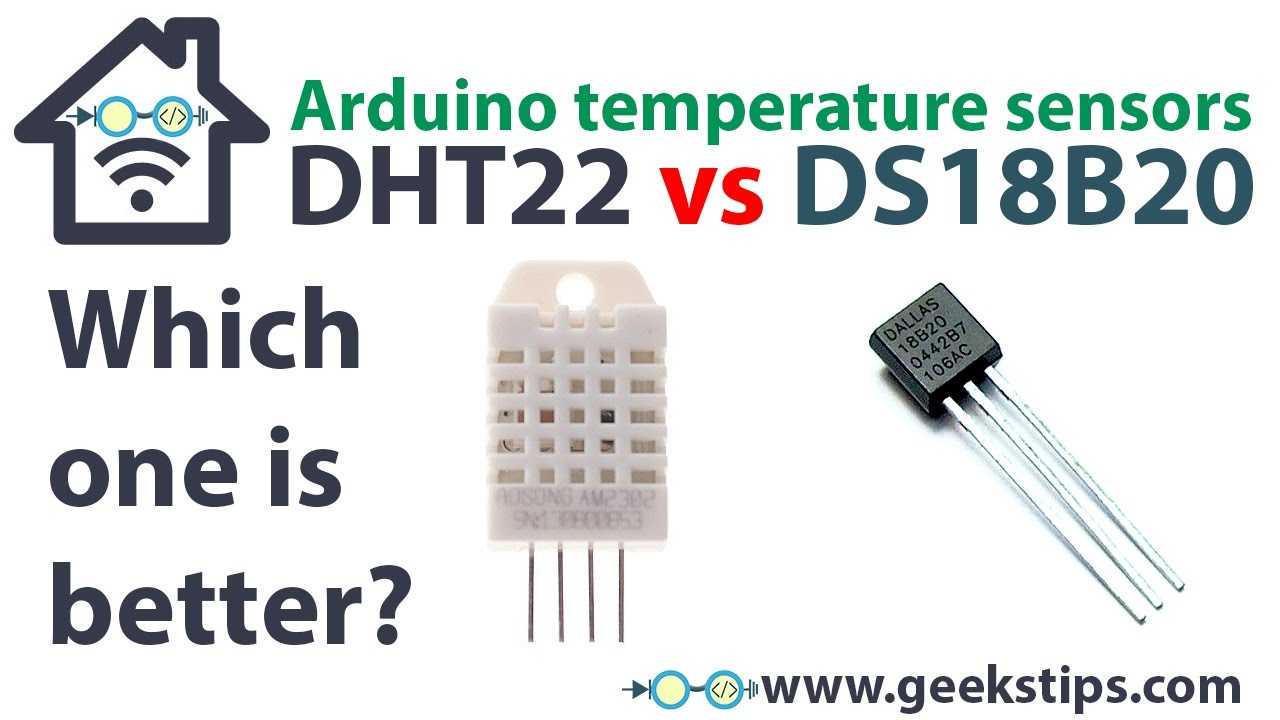Introduction
If you’ve ever built an IoT or Arduino project and wanted to display sensor data, show system status, or just avoid plugging in a serial monitor every time, you’ve probably looked into adding a screen. But with so many display modules out there — OLED, LCD, e-paper, TFT — choosing the right one can feel overwhelming.
I’ve tested a bunch of these screens in real projects, from ultra-low-power sensors to full-on smart displays. This guide isn’t just a spec sheet — I’ll walk you through the most common types of screens used in IoT and microcontroller projects, how they perform in real-world use, and where each one makes sense.
Whether you’re working with an ESP32, Arduino Uno, or even an ESP8266, this article will help you pick the right screen for your next build — with examples and real trade-offs you should know upfront.
Let’s dive in.


